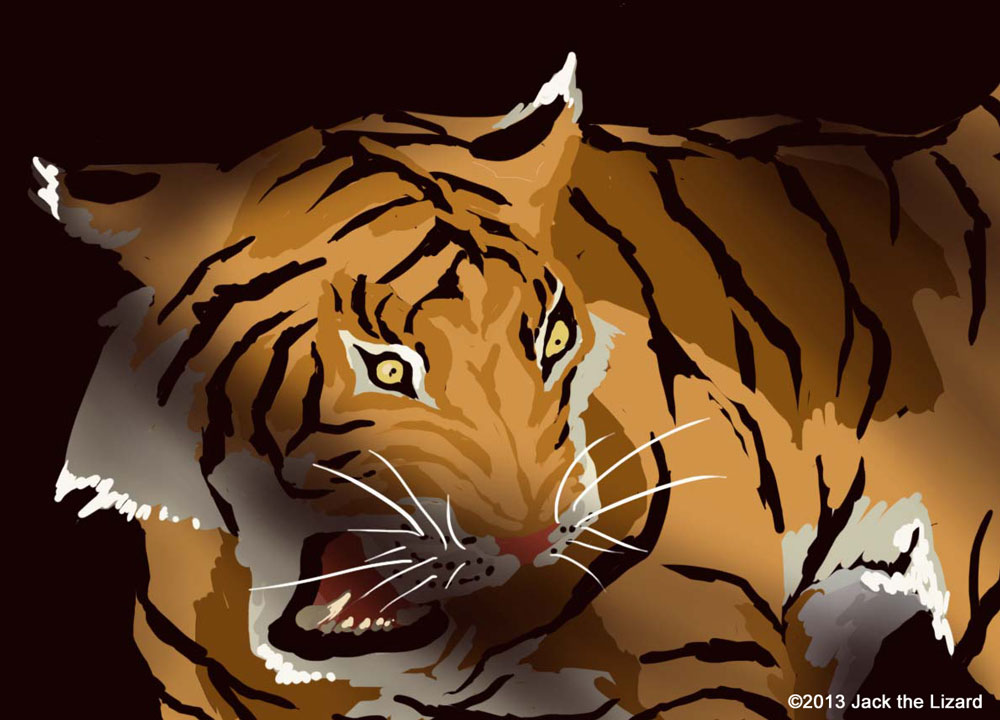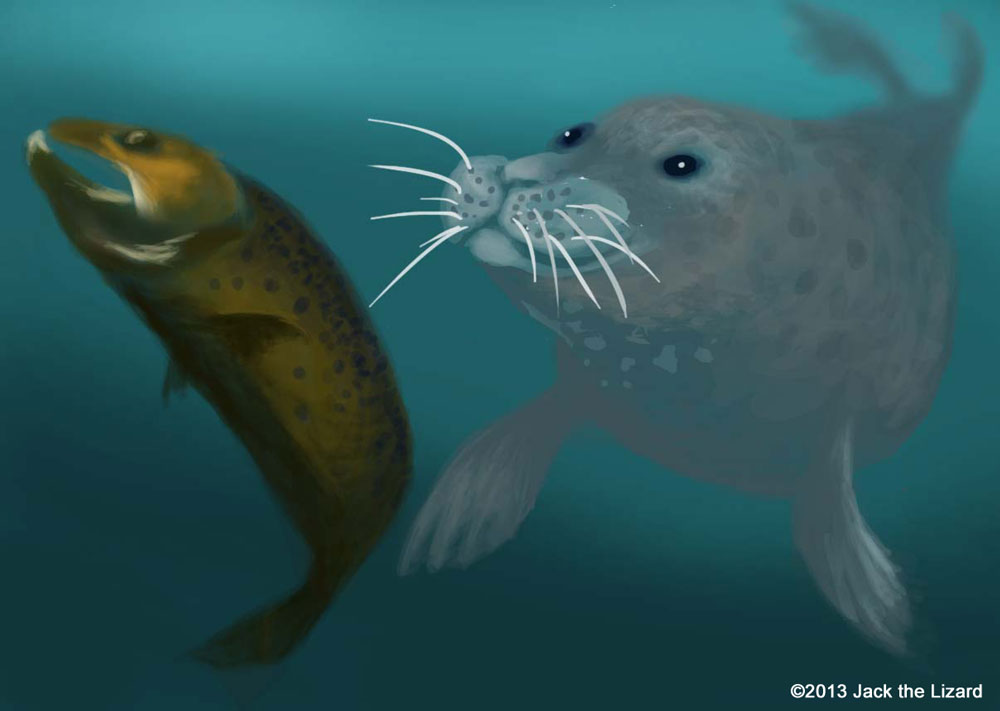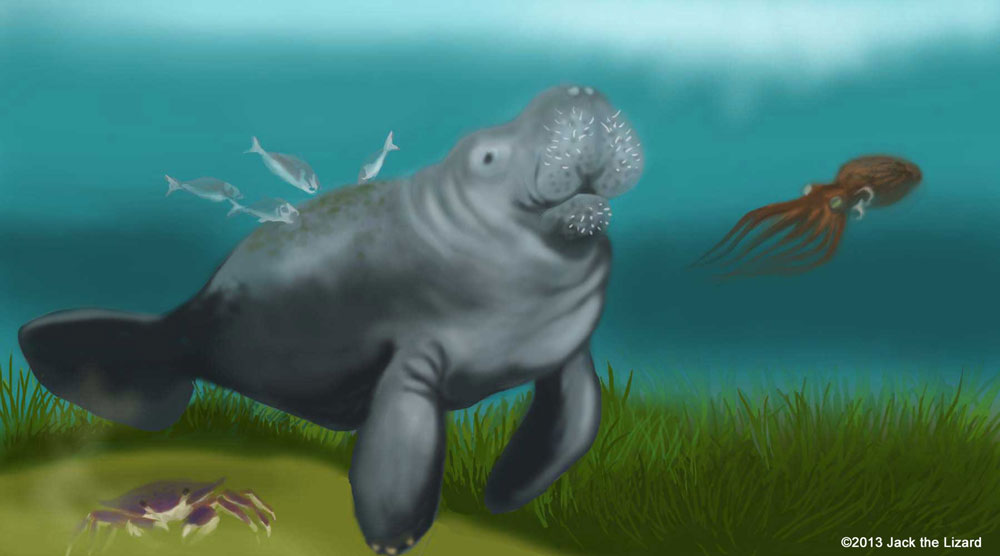
|
|
|
|
|
Jack the Lizard is on YouTube |
|
Whiskers are alternative sensor of hands and eyes for some animals. For instance mice move their whiskers very rapidly to detect and discriminate object texture, shape, and location. They are just like fingers for mice. Whiskers are thicker than other hairs and connected to nerve sensory with blood. In this way whiskers deliver the signal that they detect to brain through nerve. Muscles also attached to whiskers and some animals move each whisker independently. |

Whiskers of mice move too fast for human eyes to observe their movement.
|

Whiskers protect tiger’s eyes and nose when tiger walks around dense bushes in the forest.
|
For example cats move their whiskers back and forth to search necessary information on prey. Cats are able to sense air currents, temperature and wind direction with whiskers. Since whiskers vibrate along with air movement, cats sense the presence, size and shape of prey nearby without seeing or touching it. |
Water cannot stop them
|
Marine mammals have also developed whisker. Harbour seals have about 100 whiskers on their snouts. Each whisker is connected to approximately 1500 nerves of which are 10 times higher number than those found in mice and cats. Harbour seals are able to sense fish far away with only using whiskers. Even in low visibility sea water their whiskers are able to trace the water disturbance fish made. |

In water harbour seals cannot always rely on their vision and hearing is not also reliable source because fish do not make sound.
|

Manatees have whiskers not only on their face but also on their body. Although it is not exactly clear how their whiskers function, they are probably able to navigate their body in the muddy water with those. Their auditory part of brain seems to be developed by the stimulation whiskers caught. Therefore manatees might detect low―frequency water motion. |